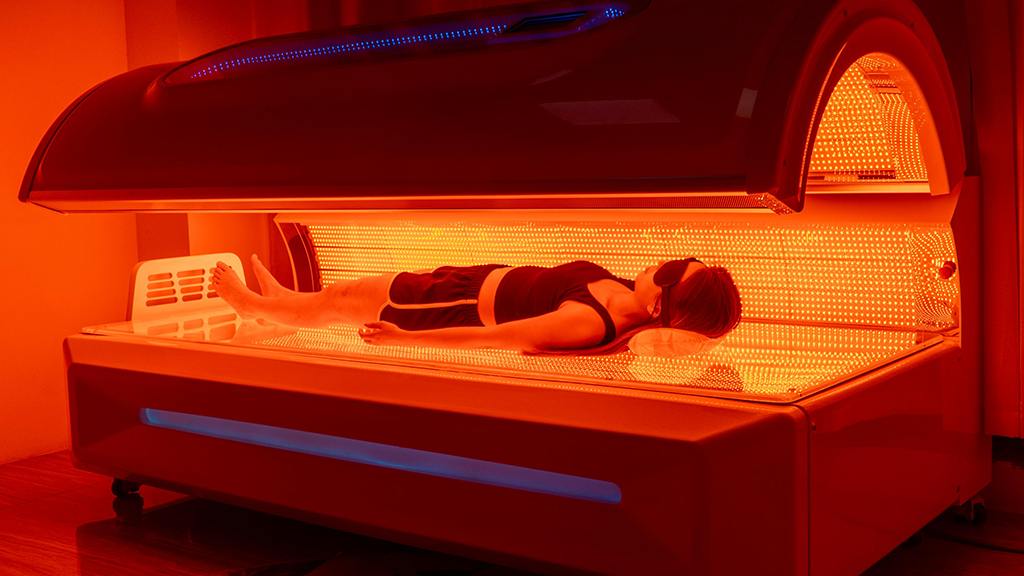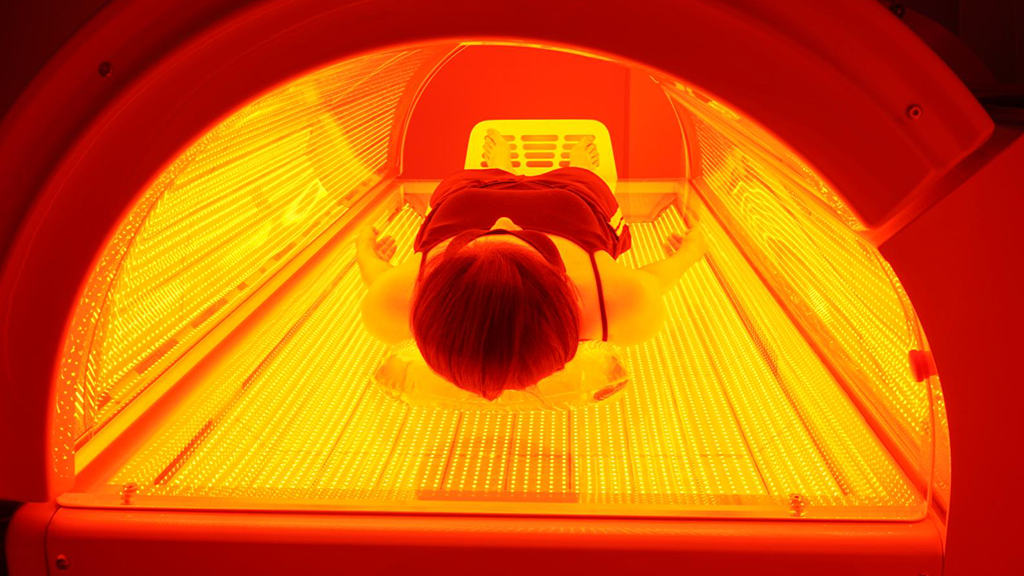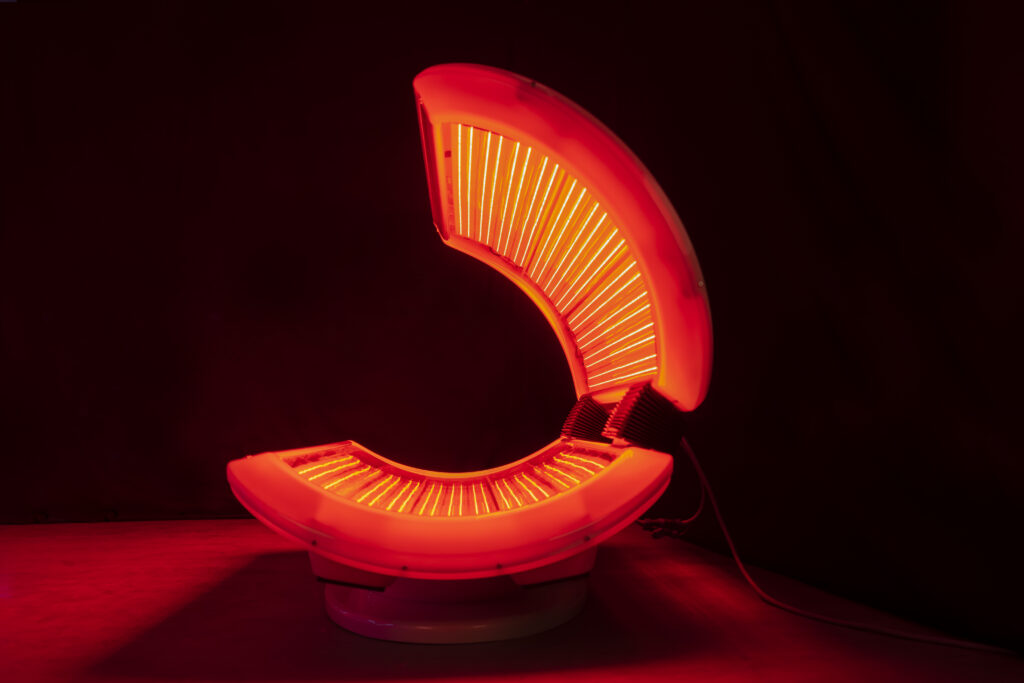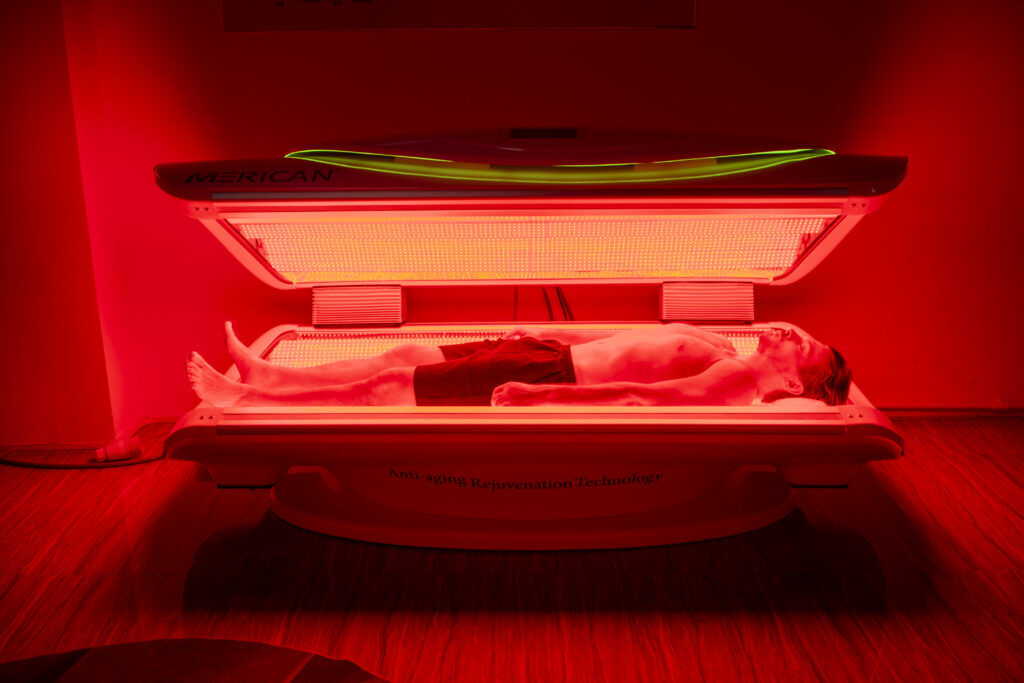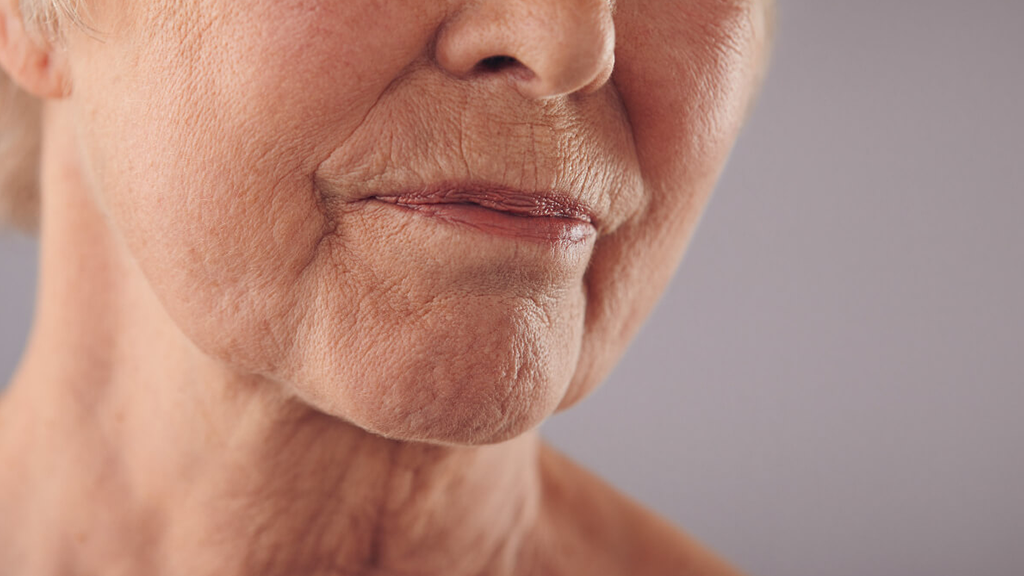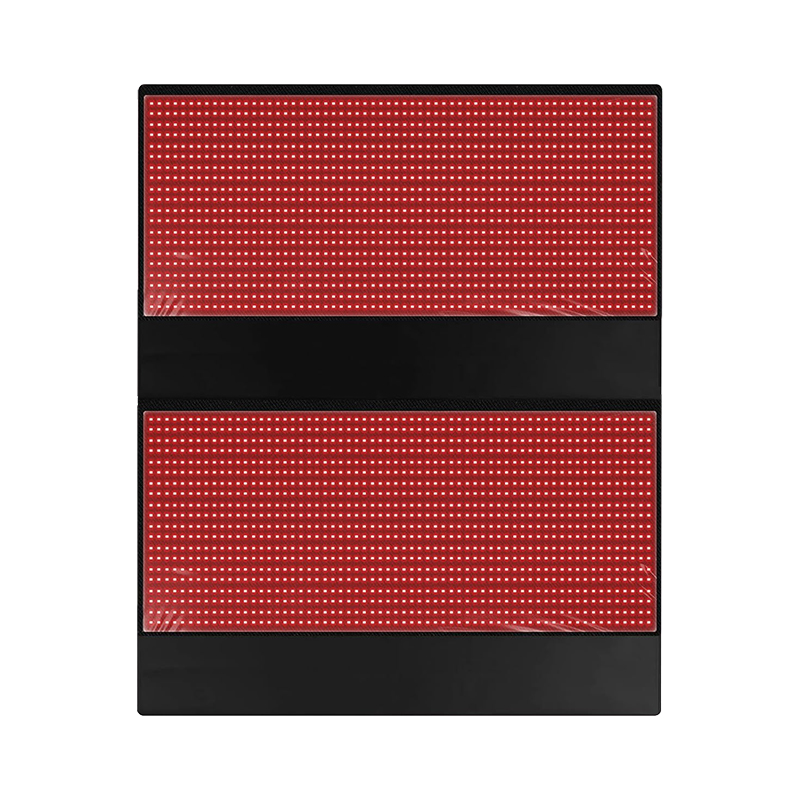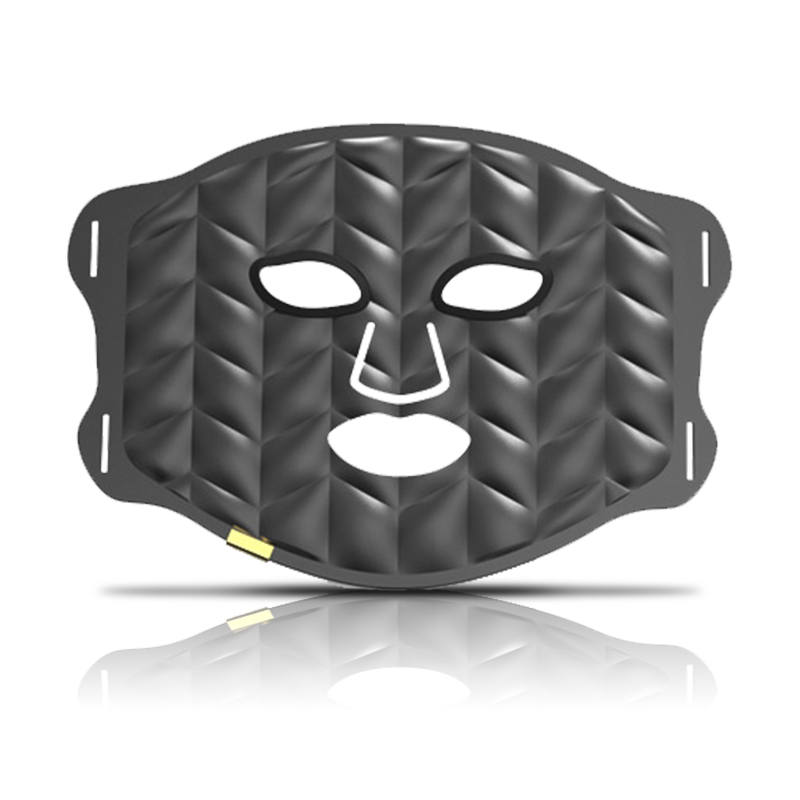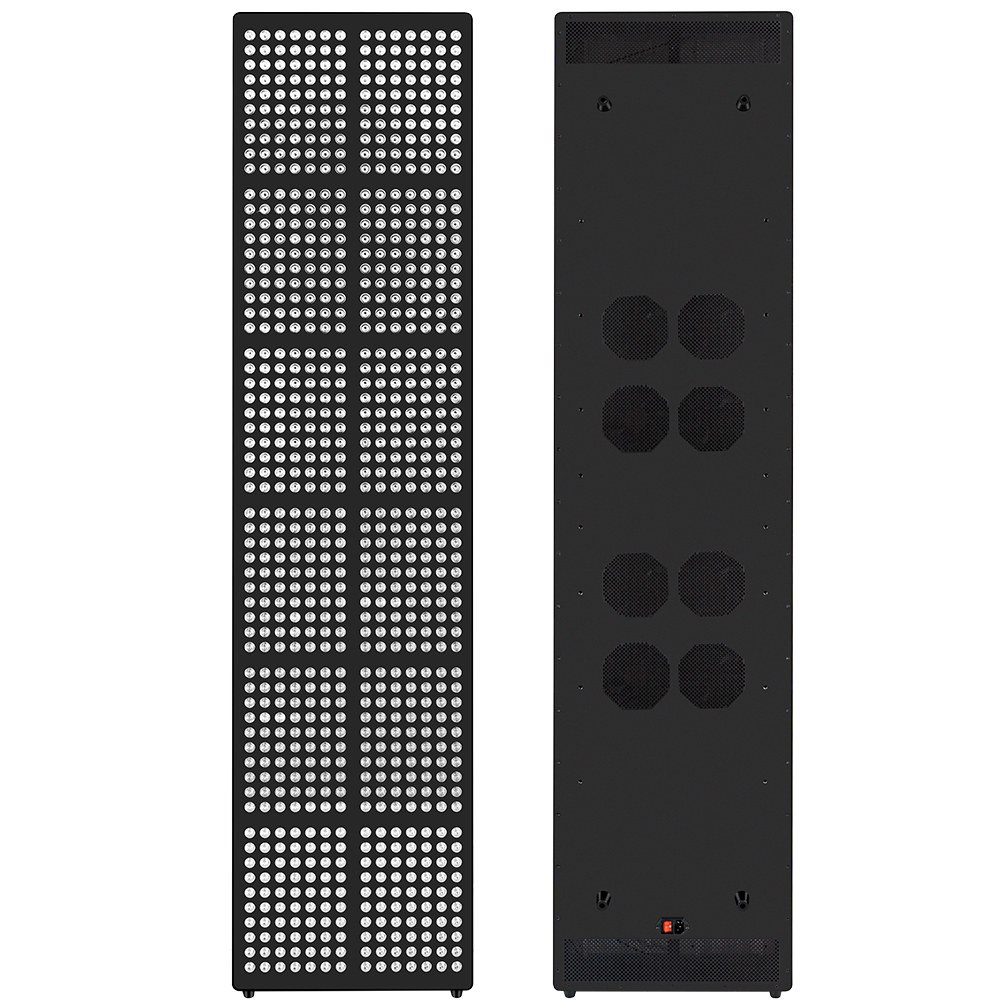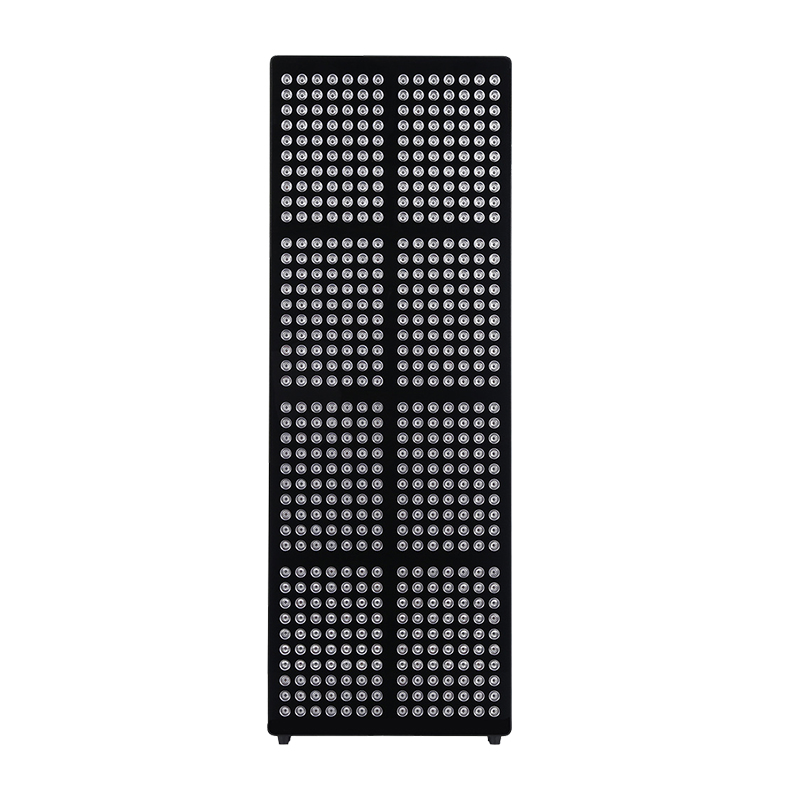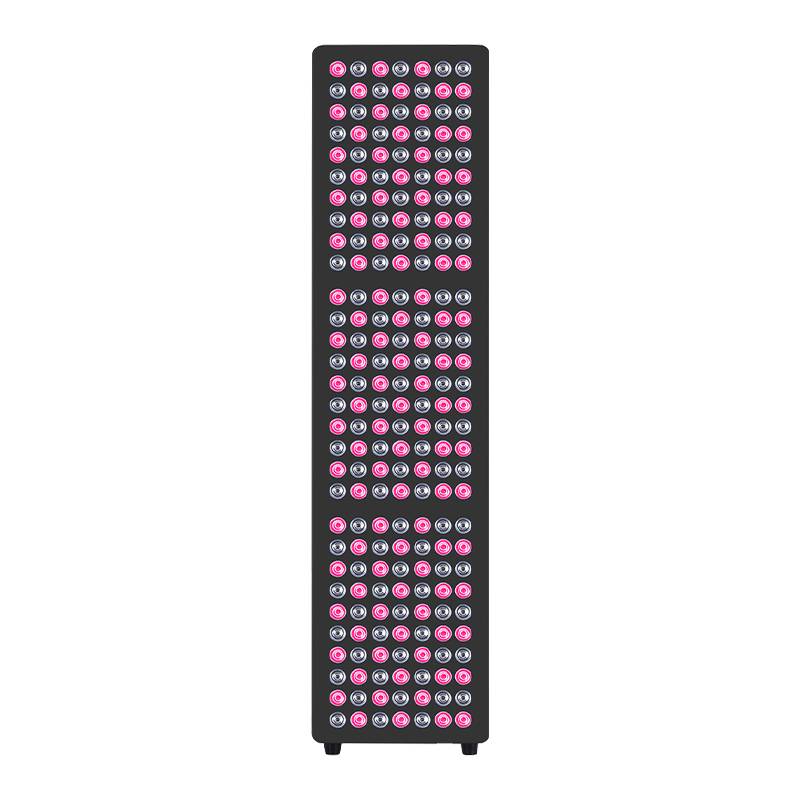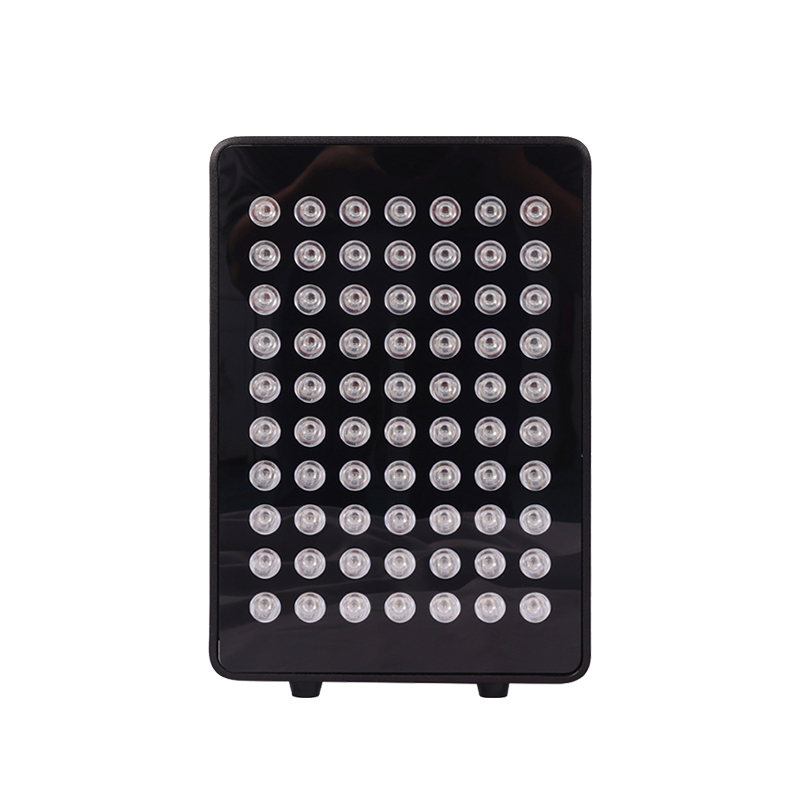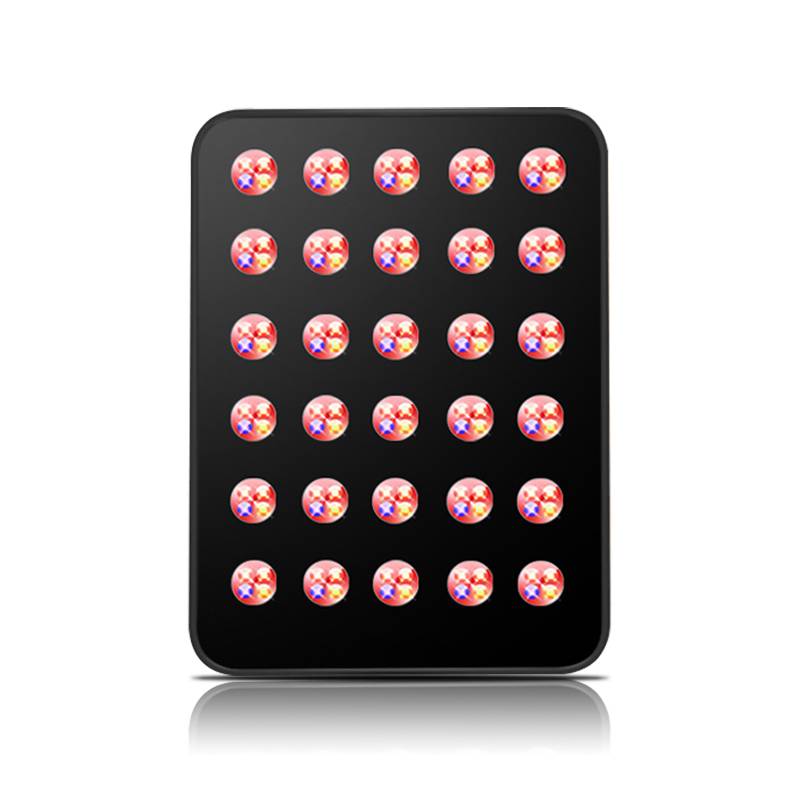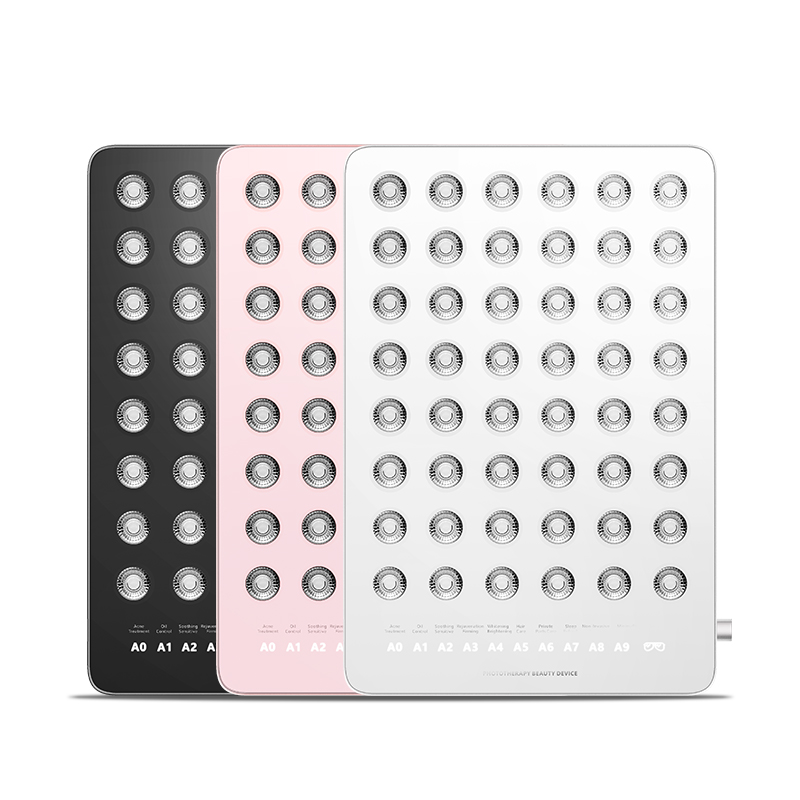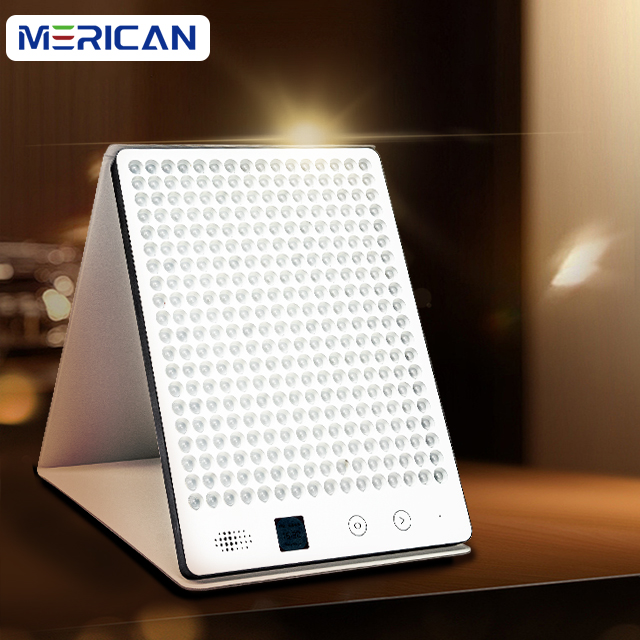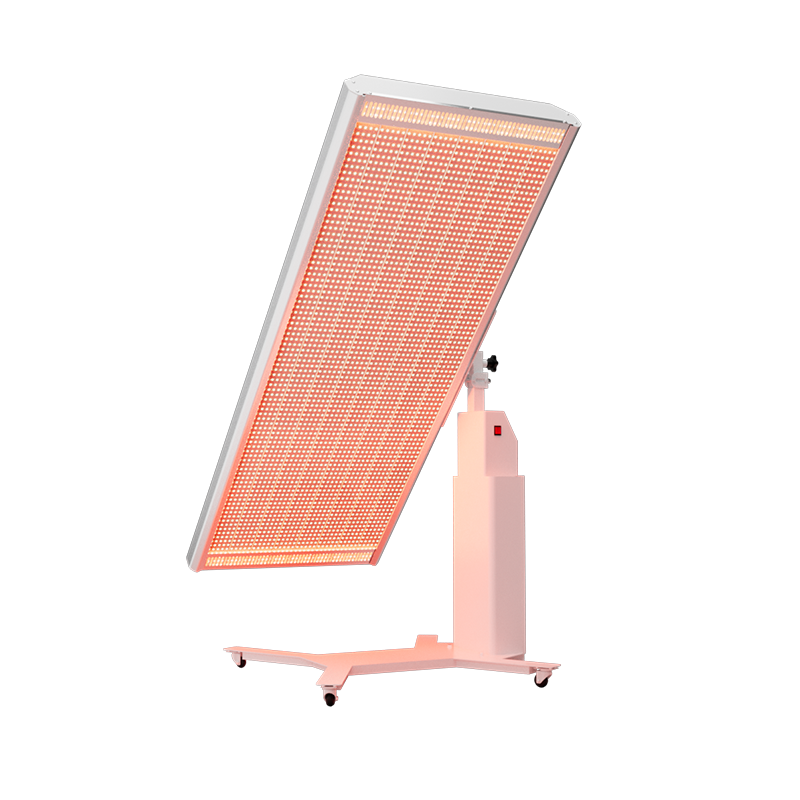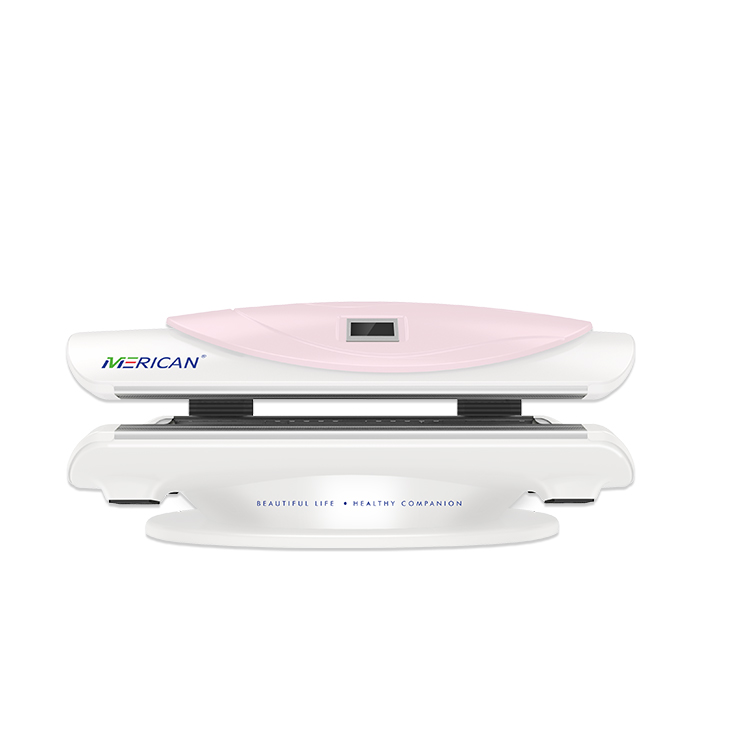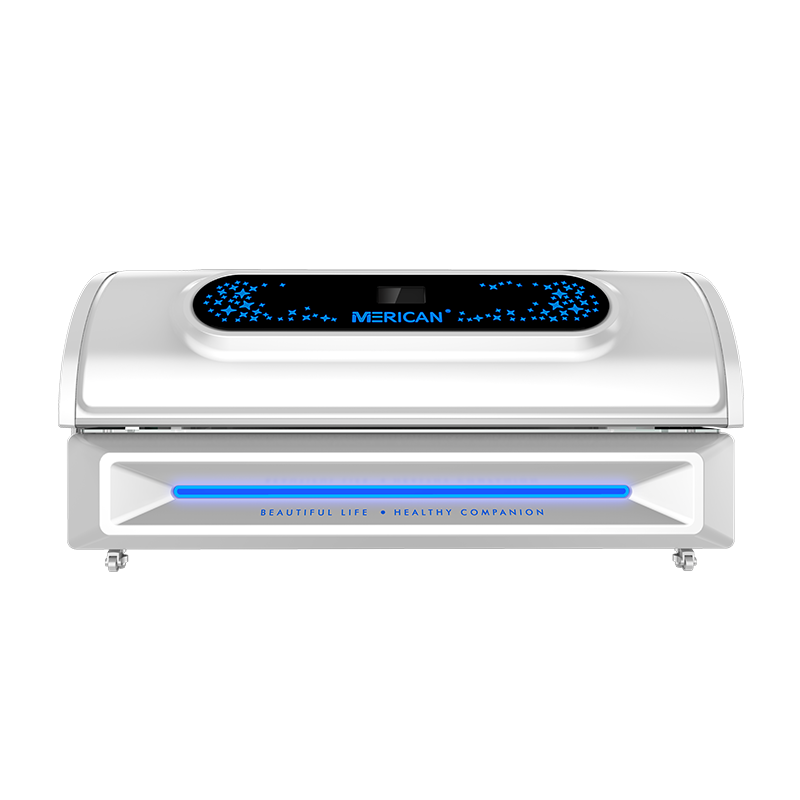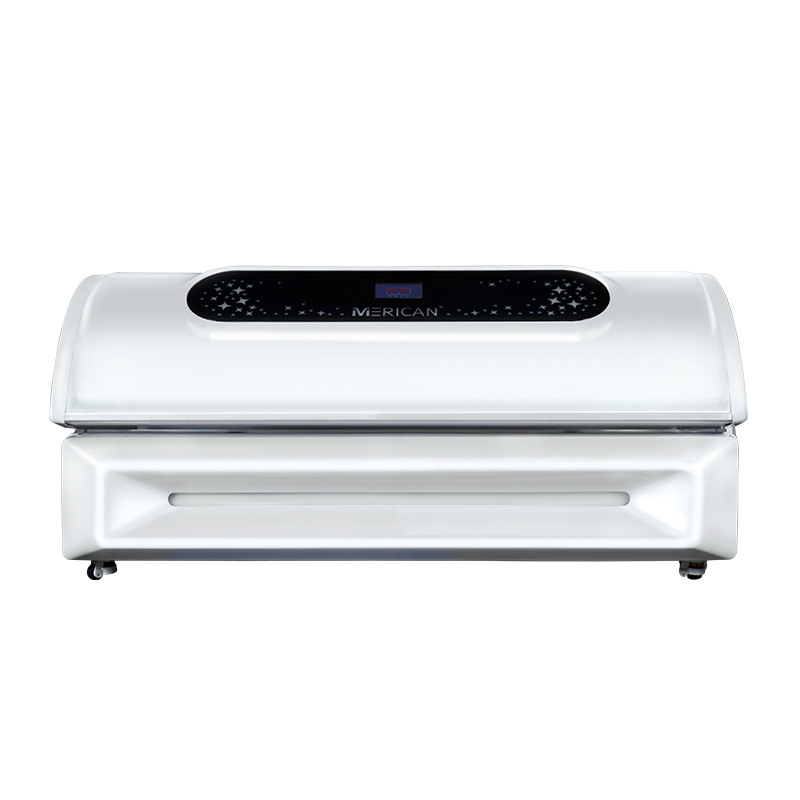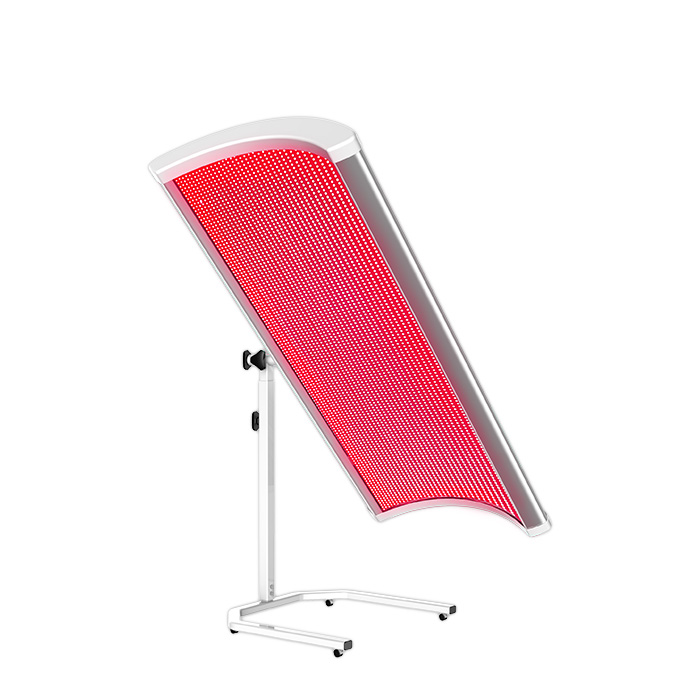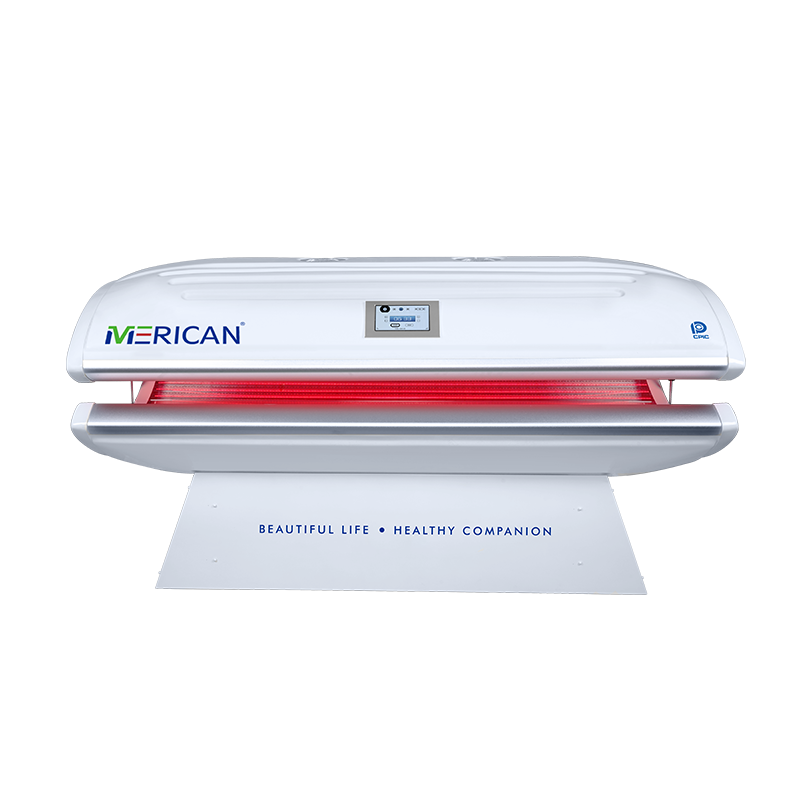1. Qu'est-ce que la thérapie rouge?
La thérapie par la lumière rouge est un traitement non invasif qui utilise de faibles longueurs d'onde de lumière rouge et proche infrarouge pour stimuler l'activité cellulaire., Améliorer la santé de la peau, et soutenir le bien-être général.
2. Comment fonctionne la thérapie rouge?
Il pénètre dans la peau et atteint les mitochondries des cellules, où il stimule la production d’énergie (ATP). This process supports healing, réduit l'inflammation, and enhances skin rejuvenation.
3. Is red light therapy safe?
Oui. Red light therapy is considered safe when used properly. It is non-UV, non-invasif, and does not burn the skin. Side effects are rare and usually mild, such as temporary redness.
4. What are the main benefits of red light therapy?
It can improve skin texture, réduire les rides, boost collagen production, Promouvoir la guérison des plaies, réduire les douleurs articulaires, enhance muscle recovery, et soutenir le bien-être général.
5. How often should I do red light therapy?
Pour de meilleurs résultats, most people start with 3–5 sessions per week. Once improvements are noticeable, maintenance sessions 1–2 times weekly are enough.
6. Can red light therapy help with pain and inflammation?
Oui. Many studies show it reduces inflammation, eases muscle and joint pain, and may benefit conditions like arthritis, sports injuries, et douleur chronique.
7. Does red light therapy help with anti-aging?
Absolument. By stimulating collagen and elastin production, it helps smooth fine lines, firm the skin, and improve overall tone and texture.
8. Can I use red light therapy at home?
Oui. Home-use devices like red light therapy panels and beds are available. Professional devices may be stronger, but home units are convenient for daily use.
9. Combien de temps faut-il pour voir les résultats?
Most users see initial improvements in skin glow and energy within 2–4 weeks. Deeper benefits like wrinkle reduction or pain relief may take 8–12 weeks of consistent use.
10. Qui devrait éviter la thérapie rouge?
C'est généralement sûr, but people with photosensitivity, certain medical conditions, or those taking light-sensitive medications should consult a doctor before use.


